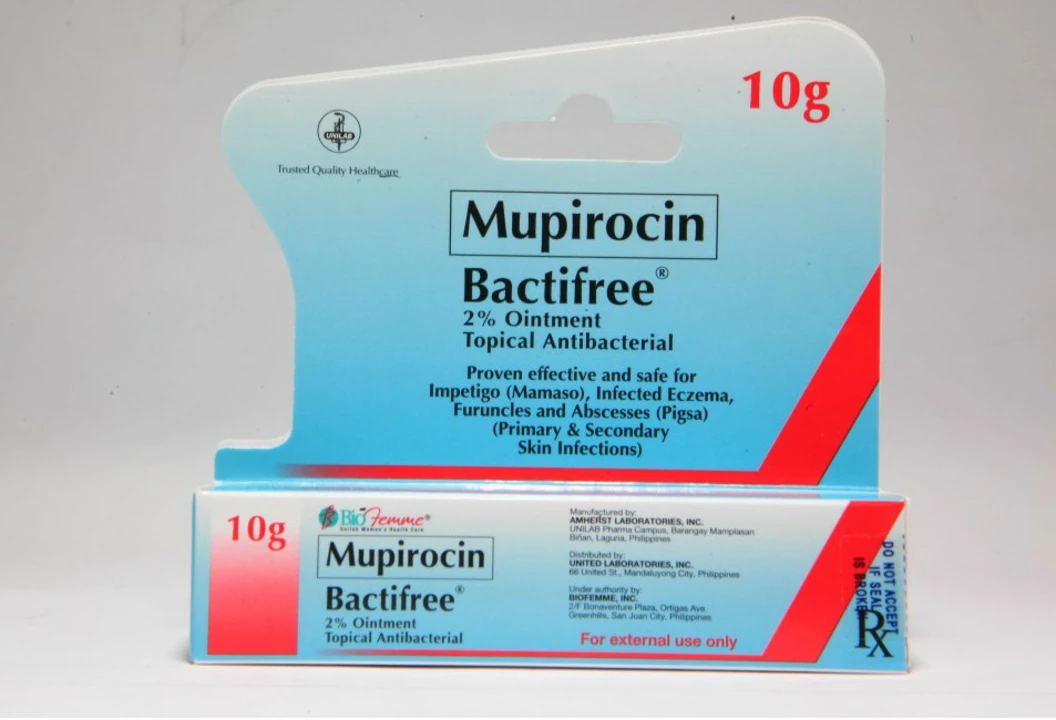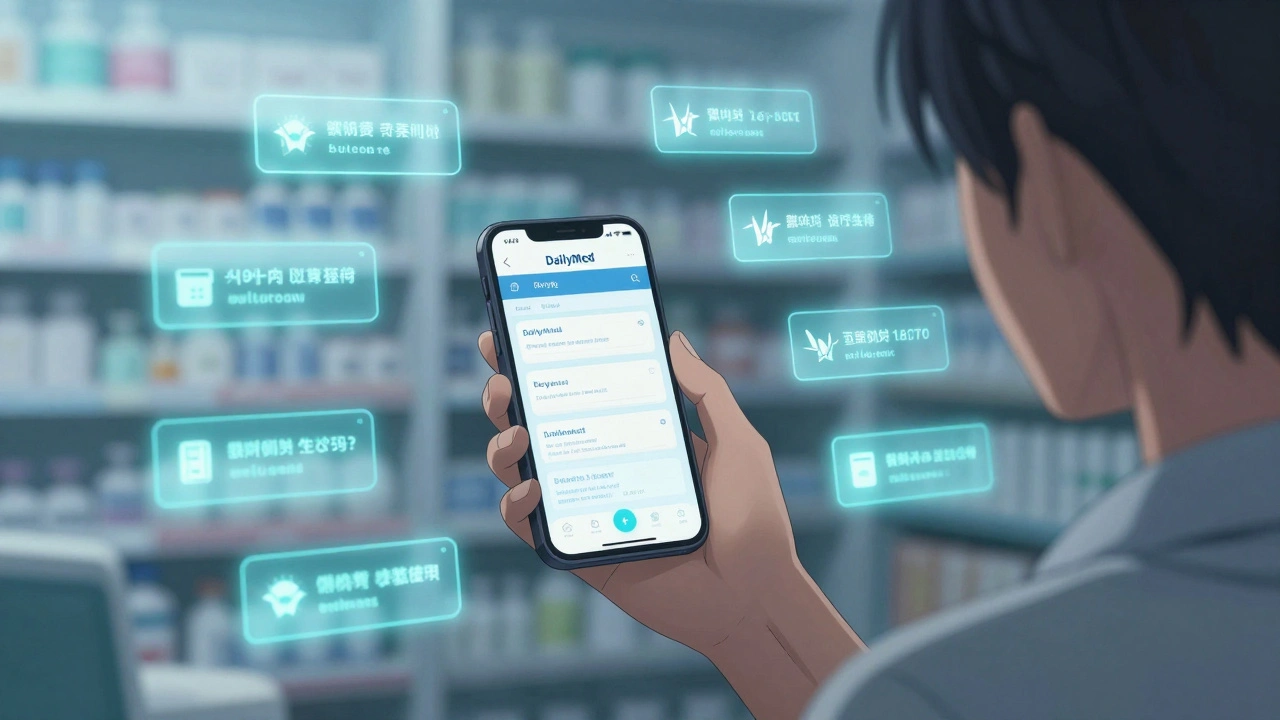Mupirocin — what it is and when to use it
Quick fact: mupirocin is a topical antibiotic often sold as a 2% ointment (brand name: Bactroban) and it’s one of the go-to treatments for common skin infections like impetigo and for nasal decolonization of staph. It works on the surface — so you won’t find it as a pill — and it kills many Staphylococcus bacteria, including some MRSA strains. That’s why doctors prescribe it for small, localized infections and to help stop spread in hospital or household settings.
How mupirocin works & when to use it
Mupirocin blocks bacterial protein production, which stops the bugs from growing. Use it for: impetigo (small blisters or honey-colored crusts on the skin), infected cuts, and as a short course inside the nostrils to clear MRSA carriage. Typical regimens: for skin infections, apply a thin layer 2–3 times daily for about 5 days; for nasal ointment, apply to the inside of each nostril twice daily for 5 days. Follow your prescriber’s instructions — don’t stretch or shorten the course without asking them.
Before you use it, clean the area with mild soap and water and dry it. Put a thin layer of ointment on the spot and wash your hands after. If you’re treating the nose, use a cotton swab or clean fingertip to spread a small amount inside each nostril. Only treat the infected area — avoid large skin areas unless your doctor says it’s safe.
Safe use, side effects & buying tips
Side effects are usually local: itching, burning, stinging, or redness where it’s applied. If you get a severe rash, swelling, or breathing trouble, stop and seek emergency help — that could be an allergic reaction. Mupirocin is hardly absorbed into the blood when used topically, so systemic drug interactions are rare, but tell your doctor if you’re pregnant or breastfeeding to check what’s best for you.
Don’t overuse mupirocin. Long or unnecessary use raises the risk of resistant bacteria. If your infection isn’t better after the full course, see your doctor — they may need to check the bug or switch treatment. Avoid using other topical antibiotics at the same spot without advice.
Want to buy it? In many countries mupirocin needs a prescription. If you buy online, use a licensed pharmacy that asks for a prescription and shows clear contact details and certifications. Avoid sites that sell prescription meds without asking. Store mupirocin at room temperature, away from heat, and toss it after the expiry date.
Practical tip: keep a photo of the infected area before treatment so you and your doctor can see progress. Small infections usually clear fast; if the area spreads, becomes very painful, warm, or you develop fever, get medical help right away.
Got questions about your specific situation? Ask your pharmacist or doctor — they’ll give guidance tailored to your skin and health history.
The role of mupirocin in treating skin infections: what you need to know
As a blogger, I've been researching the role of mupirocin in treating skin infections and I'd like to share some key findings with you. Mupirocin is a topical antibiotic that effectively treats bacterial skin infections, such as impetigo and staph infections. It works by stopping the growth of bacteria, ultimately helping to clear up the infection. It's important to follow your doctor's instructions when using mupirocin, as improper use can lead to antibiotic resistance. Overall, mupirocin is a valuable tool in treating skin infections, but it's crucial to use it responsibly for the best results.






